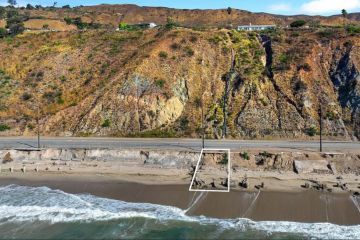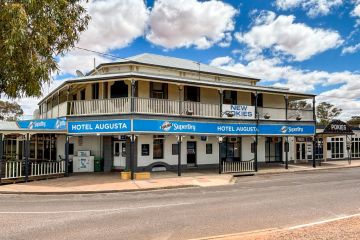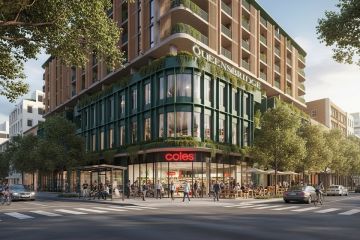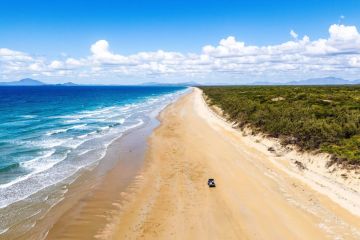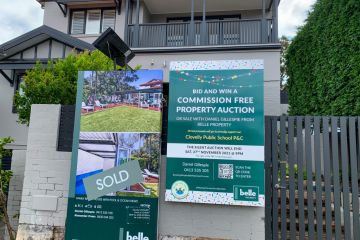'The party is almost over': Hobart property prices tipped to slow in 2019
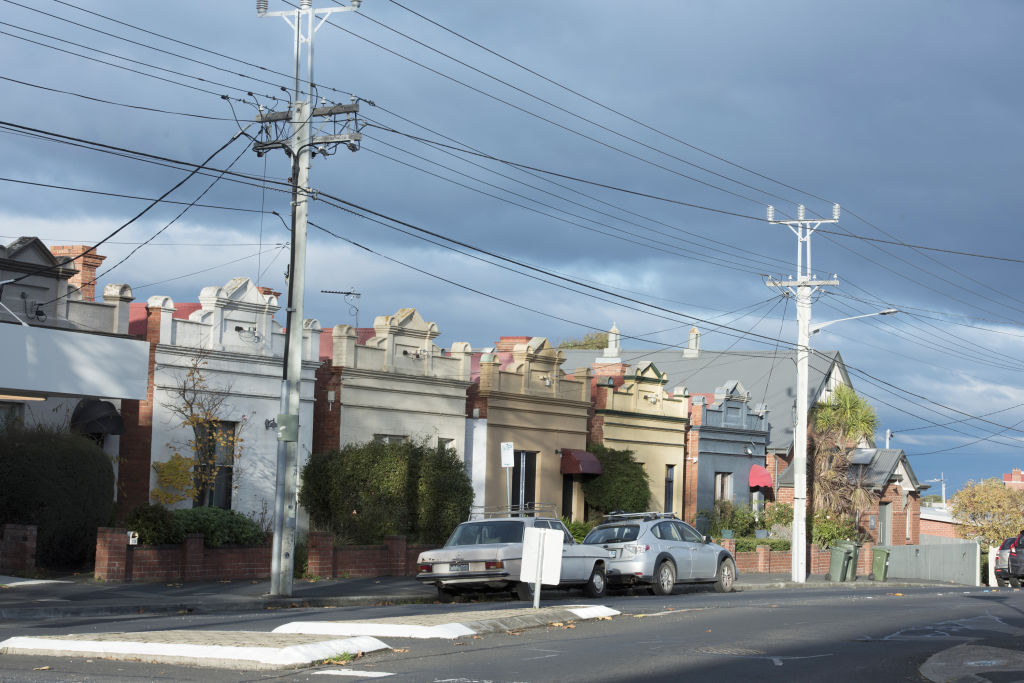
Rapidly rising house prices in Hobart are tipped to grind to a halt in 2019, as cooling market condition take their toll.
After two years of what many described as unsustainable growth, in which the city’s median house price climbed about 40 per cent, experts predict the market will come off the boil next year.
“There has been a lot of excitement around Tasmania and how it’s delivered outstanding capital growth, at a time of weakness in [other] markets,” said RiskWise Property Research chief executive Doron Peleg. “Now [more] people want to join the party, but the party is almost over.”
With a median price of about $478,000, Hobart is still Australia’s most affordable capital city, but it’s been rapidly closing in on Perth, Adelaide and Darwin in recent years, with just over $66,000 separating the median house prices across the four cities.
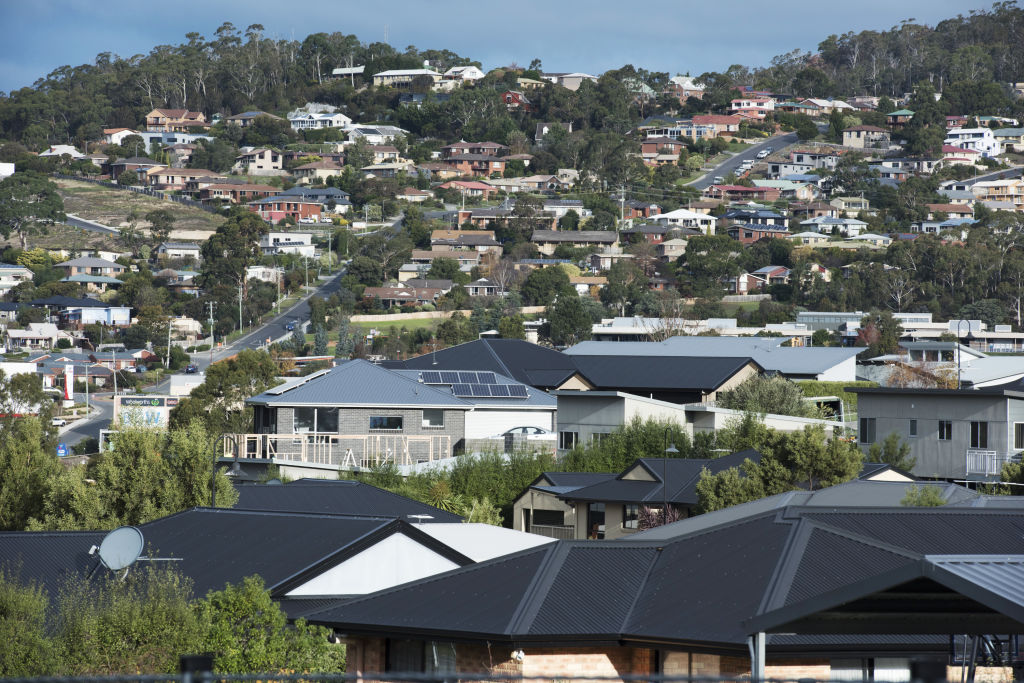
“The price gap continues to narrow,” said Domain senior research analyst Dr Nicola Powell. “Hobart has seen an incredible amount of growth … it really has been astounding.”
Dr Powell warned 2018 was likely to mark the peak for price growth, with the market predicted to slow next year to more sustainable growth, after two years of rapid rises — spurred on by population increases.
House prices are expected to rise 2 per cent annually over the next two years, according to Domain’s Property Price Forecasts. While the median unit price, which is more volatile due to the smaller apartment market, is expected to remain stable in 2019 then grow
While Hobart’s owner-occupier dominated market escaped the early stages of the lending crackdown, which focused on investors, Dr Powell said tighter credit restrictions — now affecting all buyers — were taking their toll.
Tasmania cannot expect to be immune from factors weighing on prices nationally, added Saul Eslake, an independent economist and vice chancellor’s fellow at the University of Tasmania.
“We’re probably past the peak in terms of price growth,” Mr Eslake said. “[Prices] will be fairly flat over the next 12 months, but compared with what’s happening in the rest of the country, that’s quite good.”
“Similar to Hobart, Launceston did see stronger price growth in recent year, I’m not sure that will be replicated going forward.”
Mr Eslake said a return to positive net migration — particularly an increase in the number of younger people staying in or moving to Tasmania — has put pressure not just on property prices, but renting. The latest quarterly Domain data shows both house and unit rents increased 10.8 per cent and 9.4 per cent, respectively, over the year to September.
Hobart is now the least affordable capital city for tenants, the latest Rental Affordability Index show, with even moderate-income households putting 30 per cent of income towards rent. It’s also the most competitive, with the lowest vacancy rate — at 0.4 per cent in November — according to data from SQM Research.
Mr Eslake said a slowdown in population growth, as affordability declines, and an increase in building completions could relieve pressure on the market. However, he noted it would take time to address the backlog of demand for homes to buy and rent.
Investors looking to capitalise on Hobart’s price growth and strong rental yield — again among the highest for the capital cities — have missed the boat and should invest elsewhere, Mr Peleg warned.
While yields and rents are predicted to remain strong until more supply hits the market, Mr Peleg said buyers could not expect to see more phenomenal growth in the next decade.
Mr Peleg predicted Hobart prices to grow by between 4 and 7 per cent in 2019, before cooling further in 2020. He noted that while more affordable suburbs in the city’s north-west still saw good growth, the top end of the market had already seen a slowdown.
“Affordability is a key driver,” he said, adding more affordable cities like Launceston, which has also seen strong price increases, would likely outpace Hobart for growth.
However, he noted it was hard to predict how the small market would fare as it was in unchartered territory due to several factors, including tighter lending restrictions on local and foreign buyers, the banking royal commission and uncertainty created by the federal election and potential changes to negative gearing.
We recommend
We thought you might like
States
Capital Cities
Capital Cities - Rentals
Popular Areas
Allhomes
More
